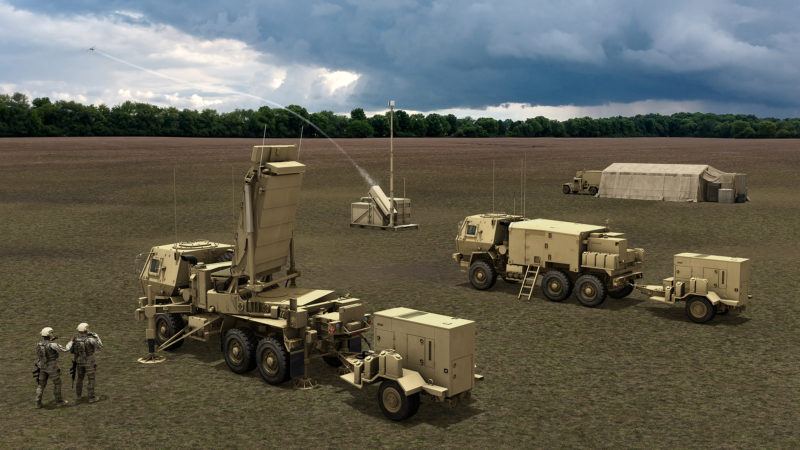
Thanks to development and manufacturing from Lockheed Martin, the U.S. Army was able to integrate, utilize and successfully test a rapidly deployable radar system known as Q-53 as part of counter-unmanned aerial system measures.
In the deserts of Yuma, Arizona, the AN/TPQ-53 Multi-Mission Radar integrated with a command and control system and provided tracking data capable of countering drones. Working with the Forward Area Air Defense Command and Control system, the Q-53 served as the primary fire control source for the Coyote Block 2 counter-unmanned aerial service defeat system during tests.
“The Q-53 radar has a long history of exceeding Army requirements and adapting to their evolving missions,” David Kenneweg, program director at Lockheed Martin Army Radars, said. “This recent testing milestone reflects our ongoing commitment to enhance and upgrade the system capability. The Army’s Q-53 MMR can enhance air surveillance capabilities and integrate with C2 systems and broader weapon systems, enabling Soldiers to detect threats and make decisions faster.”
Q-53 is a medium-range system capable of determining the location of indirect enemy fire in either 360- or 90-degree modes. Indirect fire, in this case, refers to weapons such as mortars, rockets, and artillery. It replaced the Q-36 and Q37 systems, respectively, with greater performance, mobility, and reliability while reducing the size of the necessary support crew and lowering life-cycle costs overall. Recent upgrades from Lockheed Martin granted the system support for Long Range Precision Fires and Air and Missile Defense missions.




